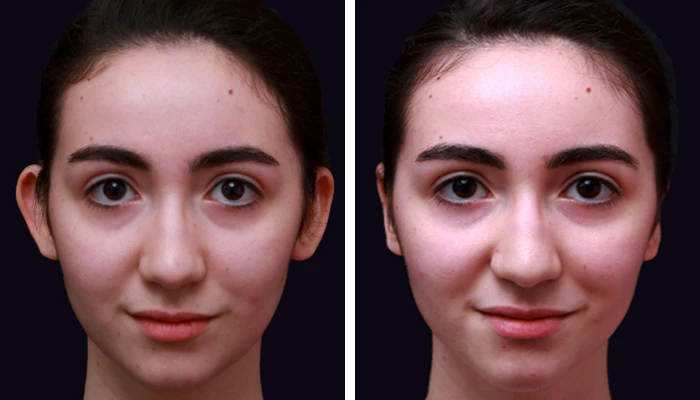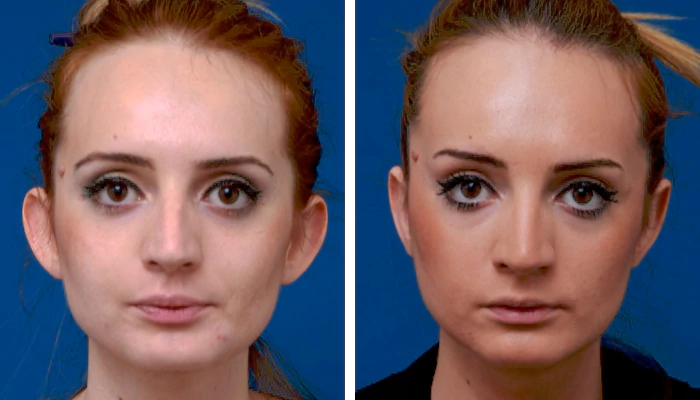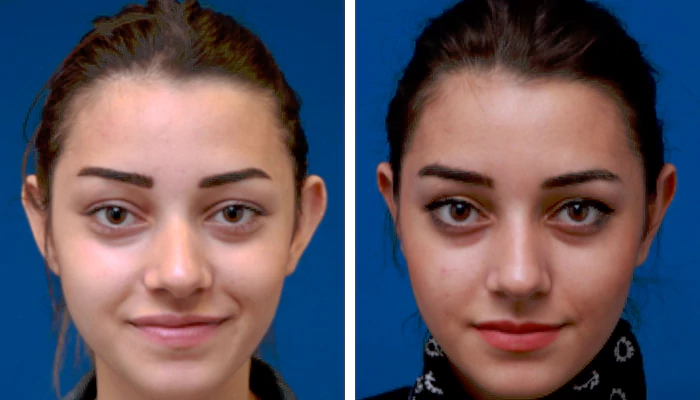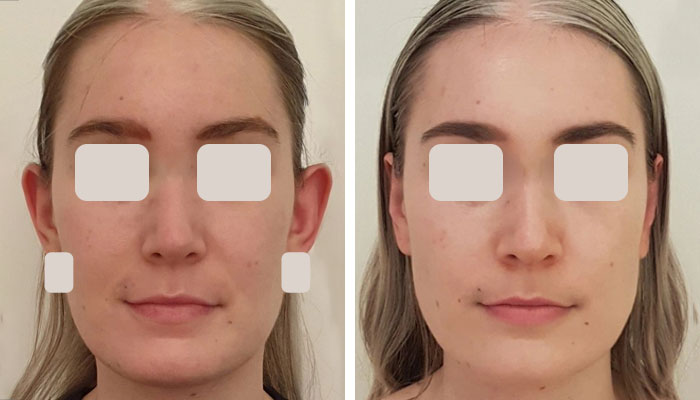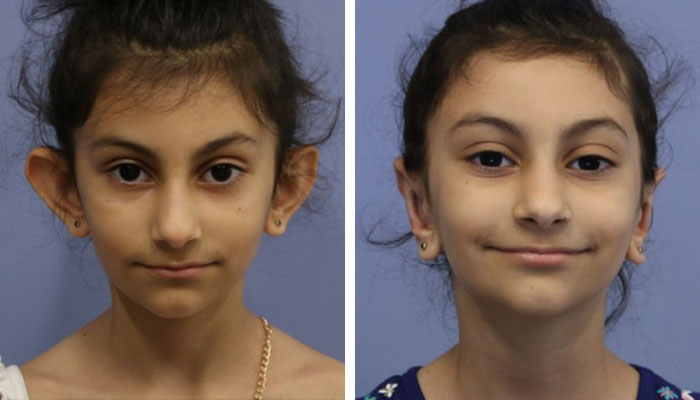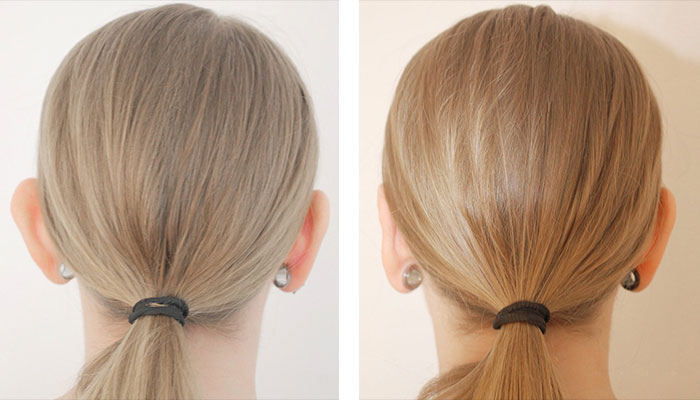Introduction
The ears are an important part of the overall facial symmetry and balance. Proportionate and well-shaped ears can enhance the overall appearance of a person's face resulting in enhancing self-esteem and confidence. Otoplasty is the most common procedure used to reshape the ears. The most common type of otoplasty is ear pinning, which is aimed at correcting protruding ears. It involves reshaping the cartilage and skin of the ears and repositioning them closer to the head.
What is Otoplasty?
Otoplasty is a surgical procedure used to correct deformities or defects in the ears, such as protruding ears or ears that are not symmetrical. Otoplasty aims to improve the ears' appearance and create a more balanced and attractive look. The procedure is typically performed on children and adults and is considered a relatively safe and effective way to correct ear deformities.
What are the side effects and risks?
Otoplasty is considered safe and effective, but it carries some risks and side effects like any surgical procedure. These can include:
- Infection: Infection is a risk with any surgical procedure. Symptoms of infection may include redness, swelling, and a fever.
- Bleeding: Excessive bleeding is another risk associated with any surgical procedure. If excessive bleeding occurs, it may require further treatment.
- Numbness: There may be some numbness or tingling in the ears and surrounding area, which is usually temporary.
- Scarring: Scarring is a risk with any surgical procedure. The otoplasty incisions are usually made behind the ear, so the scar is usually well-hidden.
- Unsatisfactory results: Although otoplasty is considered to be a very successful procedure, there is always a chance that the patient may be dissatisfied with the results.
- Recurrence: In rare cases, the ears may return to their original position.
- Anesthesia risks: As with any surgical procedure, there is a risk associated with general anesthesia, including reactions to the anesthesia or complications related to the patient's underlying health.
Discuss the risks and side effects with your surgeon before undergoing otoplasty, and follow their post-operative instructions closely to minimize the risks and promote healing.
Otoplasty cost
The cost of otoplasty can vary depending on several factors, such as the practice's location, the surgeon's experience and qualifications, and the procedure's extent. On average, the cost of otoplasty can range from $3,000 to $8,000.
Health insurance does not cover otoplasty in most countries, as it is a cosmetic procedure. However, some insurance plans may cover the cost of the procedure if it is considered medically necessary, such as correcting a congenital disability or improving hearing. Your decision to undergo otoplasty should not solely be based on the cost. One should choose a surgeon with expertise and experience and have realistic expectations of the outcome.
It's also worth checking with your surgeon about financing options. Some clinics or surgeons may offer financing options to help patients manage the cost of the procedure.
What are other types of cosmetic ear surgery?
In recent years various procedures have been used to enhance the appearance of ears. Some of these procedures include:
- Earlobe reduction: This procedure is performed to reduce the size of overly large earlobes.
- Earlobe repair: This procedure is performed to repair torn or stretched earlobes, typically caused by wearing heavy earrings.
- Earlobe reconstruction: This procedure is performed to reconstruct the earlobe after injuries, defects, or congenital malformations.
- Ear reshaping: This procedure is performed to reshape the ear in case of deformities or congenital malformations. This procedure may include reshaping the cartilage or removing a portion of it.
- Ear Augmentation: This procedure adds volume to the ears and creates a more prominent and symmetrical look.
Keep in mind that these procedures are typically performed by plastic surgeons with specialized training and experience in ear reshaping procedures and that the chosen procedure will depend on the individual case and the patient's goal.
What's the recovery like?
Recovery time varies according to a patient's case and surgery degree. The bandages will be removed after a week, and patients may need to wear a headband to keep the ears in place for a few weeks. Strenuous activity should be avoided for about a month. Most people can return to work and normal activities within a week or two after surgery.
During your recovery, you can expect the following:
- Pain and discomfort: You may experience pain and discomfort in the ears. Medications prescribed by your surgeon can help manage the pain.
- Bruising and swelling: Bruising and swelling are common after otoplasty. The swelling will usually peak within the first 2-3 days and then gradually subside over the next 1-2 weeks. The bruises will usually disappear within 1-2 weeks.
- Headband: You will be instructed to wear a headband to keep the ears in place and to reduce swelling. The headband will be worn for about a week, as your surgeon instructed.
- Stitches: Stitches or surgical tape will be used to close the incisions and will be removed after about a week.
- Activity restrictions: You should avoid strenuous activity, such as heavy lifting or contact sports, for about a month after surgery. You will be able to return to work and other normal activities within a week or two after surgery.
- Follow-up appointments: You will have appointments with your surgeon to monitor your progress and ensure that the ears are healing properly.
It's essential to closely follow your surgeon's post-operative instructions to ensure a smooth recovery and to contact them if you have any concerns or if something unexpected occurs. Overall, otoplasty is a safe and effective procedure that can improve the appearance of the ears and is usually well-tolerated by patients.
Who are good candidates for otoplasty?
Good candidates for otoplasty are those with:
- Protruding ears: ears that stick out too far from the head.
- Prominent ears: ears that are too large in proportion to the head.
- Asymmetrical ears: ears that are not the same shape or size.
- Ear deformities present at birth
- Ears that have been misshapen due to injury or surgery
People with good general health that have realistic expectations and seek improvement, not perfection, in the appearance of their ears are also good candidates for otoplasty.
The best time to fix protruding ears in children is before the child starts school, as children can be subject to teasing and bullying if they have noticeable ear deformities.
How to prepare for otoplasty?
Here are the main steps you should take before cosmetic ear surgery:
- Consult with a plastic surgeon who specializes in otoplasty. During your consultation, the surgeon will examine your ears, take measurements and photographs, and discuss the details of the procedure with you.
- Discuss your medical history with your surgeon. Be sure to inform your surgeon of any medical conditions you have, any medications you are currently taking, and any allergies you have.
- Stop smoking if you do. Smoking can hamper healing and increase the risk of complications.
- Avoid taking certain medications, such as blood thinners, before the surgery, as your surgeon will advise you.
- Arrange for someone to assist you for a day or two after surgery, as you won't be able to drive home by yourself.
- Follow all pre-operative instructions given by your surgeon. This may include avoiding certain foods and drinks and discontinuing certain medications.
- Prepare your recovery area by ensuring you have enough ice packs and items you may need during your recovery period, such as pillows or books.
- Be mentally prepared for the recovery process, which can be uncomfortable, but with proper care and following your surgeon's instructions, the recovery process should be smooth.
How is it done?
Otoplasty is typically performed as an outpatient procedure, meaning the patient can go home the same day. This surgery is done under general anesthesia, which means the patient will be asleep during the surgery, or local anesthesia with sedation, which numbs the area, and the patient is sedated. The specific technique will depend on the individual case and the surgeon's preference.
Here are the general steps involved in an otoplasty procedure (ear pinning):
- The surgeon will make a small incision behind the ear in the crease where the ear meets the head. This incision is usually well hidden and barely visible.
- The surgeon will then reshape the cartilage and skin of the ear using a combination of sutures, possibly removing small pieces of cartilage.
- The surgeon will then reposition the ears closer to the head.
- Sutures or surgical tape will be used to close the incision.
- A bandage will be applied to the ears to keep them in the new position.
The entire procedure takes about 2 to 3 hours. After the surgery, the patient will be monitored for a short time to ensure they are stable before they can go home.
Frequently Asked Questions
Is otoplasty painful?
Otoplasty is generally not considered painful, but some patients may experience discomfort or pain afterward, which can be managed with pain medication.
Can otoplasty be combined with other facial procedures?
Depending on the patient's needs and goals, otoplasty can be combined with other facial procedures, such as a facelift, eyelid, or nose surgery.
Is there a chance of revision surgery after otoplasty?
In rare cases, revision surgery might be needed if the patient is not satisfied with the results of the initial procedure or if the ears return to their original position.
How long will the results of otoplasty last?
The results of otoplasty are usually long-lasting, but the ears may change slightly with age, weight gain or loss, or other factors.
Is there a difference in the otoplasty procedure for children versus adults?
The otoplasty procedure for children is typically similar to that for adults, but the surgeon may take a more conservative approach when working with children's ears as they are still growing.
Can otoplasty improve hearing as well?
Otoplasty is a cosmetic procedure and is not intended to improve hearing.
Can otoplasty fix cauliflower ear?
Otoplasty can be used to improve a cauliflower ear deformity but the procedure will be different from a traditional otoplasty.

